Regulating the transportation of small arms and light weapons
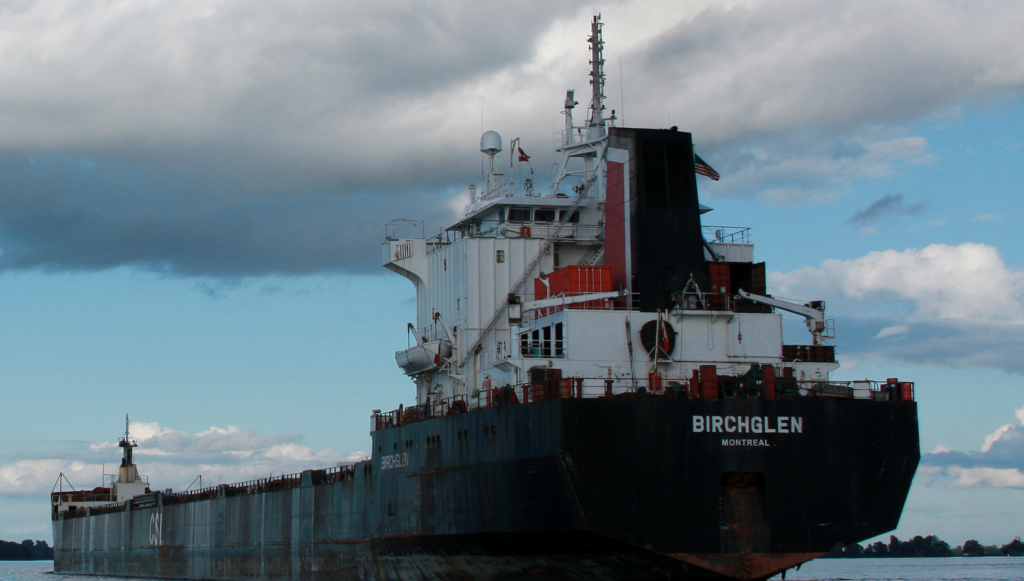
The use of private transport contractors, including for the provision of transportation, freight forwarding and charter services to ship and deliver small arms, light weapons (SALW), and their parts, components and ammunition, is not adequately covered by national legal and regulatory frameworks. Inadequate regulation of SALW transport service providers, border posts and ports encourage unscrupulous […]
Regulating the brokering of small arms and light weapons

Especially since the 1990s, international transfers of SALW and ammunition have been conducted in increasingly differentiated markets. A multitude of products, buyers and suppliers around the world, including State-owned entities and large defence manufacturers, use the services of specialist intermediaries, as well as private agents and dealers. States often use brokering services for the purpose […]
Human, economic and social costs of small arms and light weapons violence: selected global data
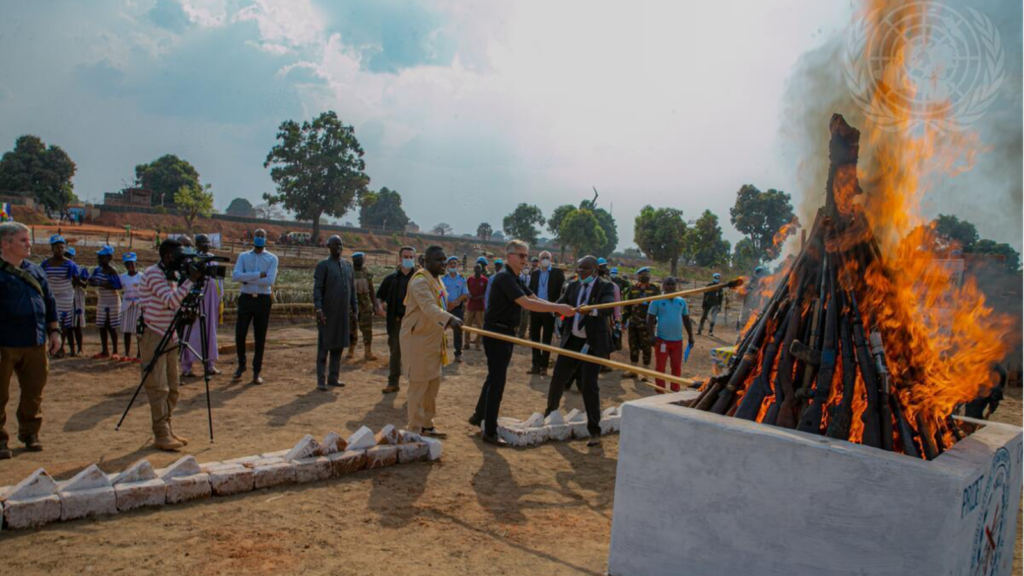
This Briefing Paper provides selected global data and figures to highlight the massive global scale and impacts of violence and destabilization committed with small arms and light weapons (SALW) in both conflict and non-conflict settings. This briefing paper alsp includes the enormous economic and social costs, arising from the illicit circulation, diversion, frequent misuse, and inadequate regulation of such weapons, along with their ammunition.
The huge global cost in lives and livelihoods can be gleaned by considering various estimates. In July 2023 UN Secretary General reported that: “From 2015 to 2021, an estimated 3.1 million people lost their lives as a result of intentional homicides, a shocking figure which dwarfs that of the estimated 700,000 people who died in armed conflicts during the period.” In December 2023 he added that: “According to the latest figures, 260,000 people were killed by small arms in 2021 alone, amounting to 45 per cent of all violent deaths — more than 700 people daily, or one person dying from small arms every two minutes.” A large proportion of deaths in armed conflict situations were committed or facilitated through the use of SALW. In addition, from 2015 to 2021, organized crime accounted for around 700,000 deaths. Considering that in 2021, 47 per cent of reported homicides committed with a known mechanism world-wide involved the use of firearms, it is reasonable to assume that deaths committed and facilitated with SALW, both directly and indirectly over the past decade, amounted to millions of lives lost.
Moreover, the social and economic costs of SALW-related criminal violence and conflict need to be taken into account. Those costs vary by region and country, but the effects are global and increasing. The UNHCR estimated that there were 110 million forcibly displaced people in mid-2023, mostly from just ten countries. The Global Peace Index 2023 reported that over the last 15 years the world has become less peaceful. The global economic impact of violence has increased by 6.9% or USD 1.1 trillion between 2008 and 2022. The costs associated with conflict deaths increased by 326% (USD 27.5 billion), costs for refugees and IDP’s increased by 177% (USD 295 billion), GDP losses due to conflict increased by 45% (USD 86.6 billion) and cost for military expenditures increased by 12% (USD 835.5 billion).
Small arms and light weapons transfer controls: Import, transit and trans-shipment
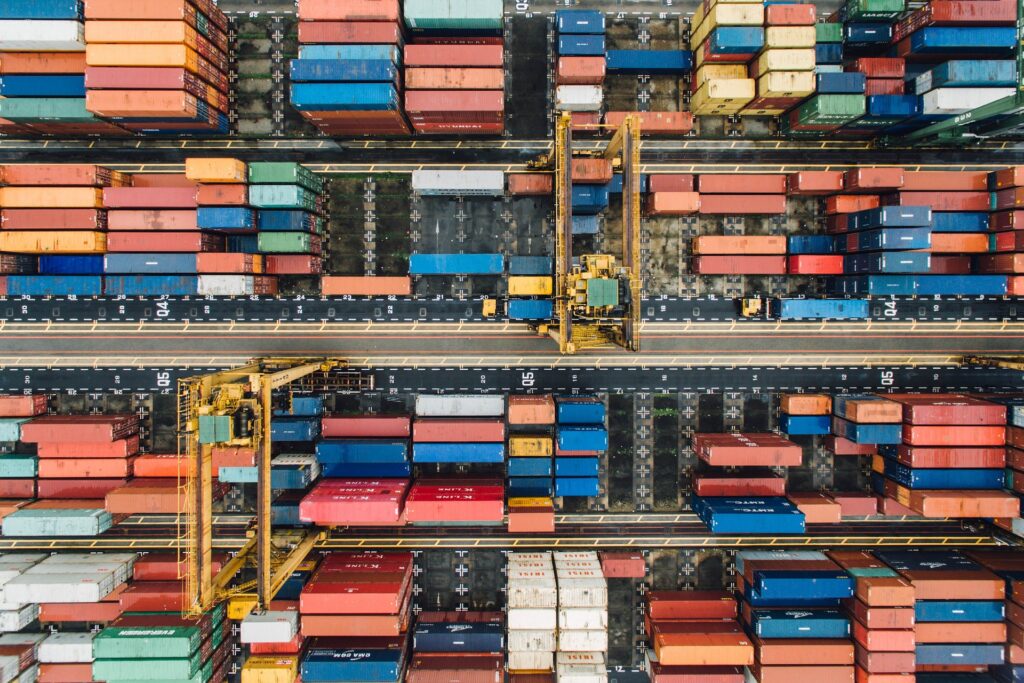
The objective of strengthening controls on the transfer of small arms and light weapons (SALW) is to ensure a more responsible trade, counter the illicit trade and prevent armed violence and conflict. To be effective SALW control is not limited to export control. Consignments of SALW as well as their ammunition, parts, and components, need […]
International standards to prevent police gun violence
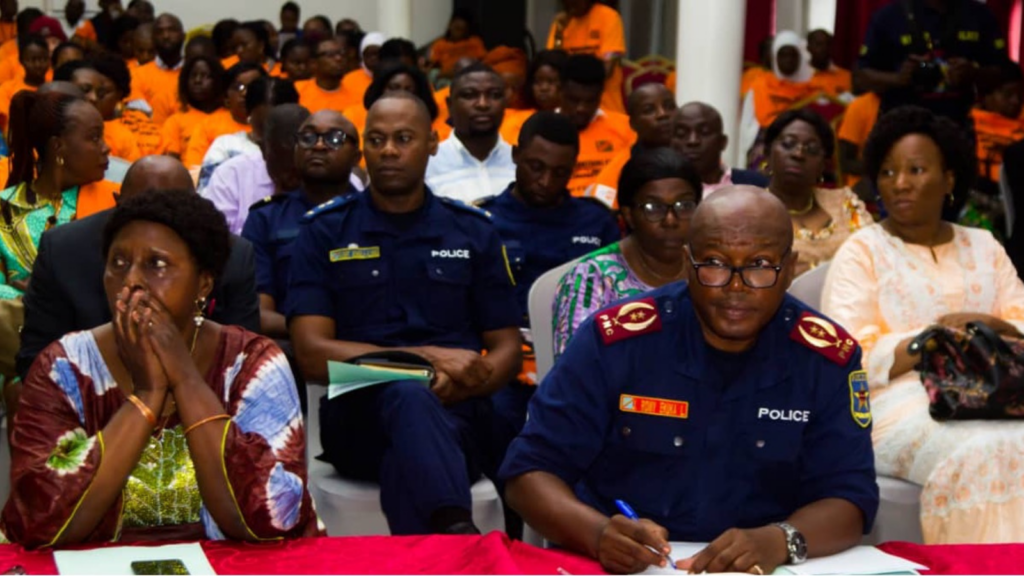
In many countries, the global and regional proliferation of small arms means that police and other law enforcers are under extreme pressure to counter rising levels of violent gun crime, and are expected to confront armed offenders. In the process, ill-trained and ill-disciplined officers with guns, sometimes kill, maim, and mistreat innocent people whom they are supposed to protect. Increasingly, police, customs and other law enforcement officers are also called upon to detect illicit gun traffickers, mark firearms, process firearms licenses, collect illicit firearms and persuade communities to report illegal firearms. However, such efforts are often thwarted by corrupt police practices and a lack of trust from communities.
IANSA has published a briefing paper and Fact Sheet on “International Standards to Prevent Police Gun Violence.” This publication focuses on essential common principles and procedures which the United Nations has recommended to ensure that all law enforcement agencies will restrict their use of force to a minimum, keep their firearms under strict control, and prevent officers from committing acts of gun violence or other abuse. The UN standards draw on international human rights law, general principles on the rule of law, and provide guidance to differentiate between a lawful use of force and firearms, as opposed to acts of criminal violence by the police.
Due diligence responsibilities of businesses involved in small arms and light weapons

IPIS and the International Action Network on Small Arms (IANSA) have developed a Fact sheet on “Due Diligence Responsibilities of Businesses Involved in Small Arms and Light Weapons.” For over a decade, the international community has been developing guidelines for responsible business conduct for States and companies to prevent, address and remedy human rights abuses committed in […]
Children shooting children
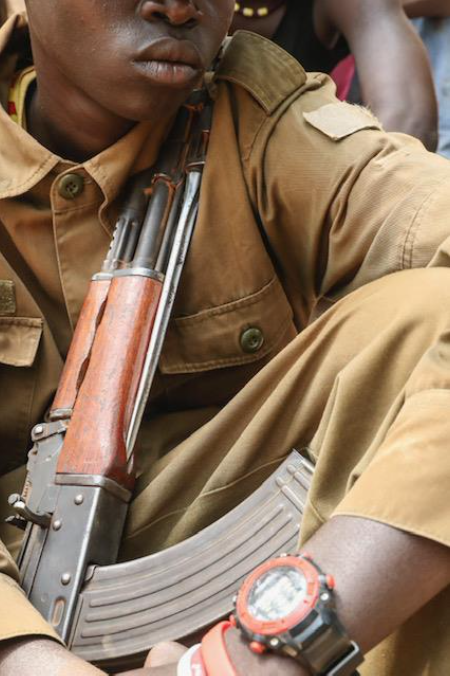
This paper aims to explain how small arms and light weapons (SALW) proliferation leads to extreme violence by children using guns against other children, a shocking indictment on the failure of governments to ensure strict control of such weapons. The paper will draw on examples from different countries where such incidents have occurred. It will […]
Small arms and light weapons proliferation and violence: Estimating its scale and forms
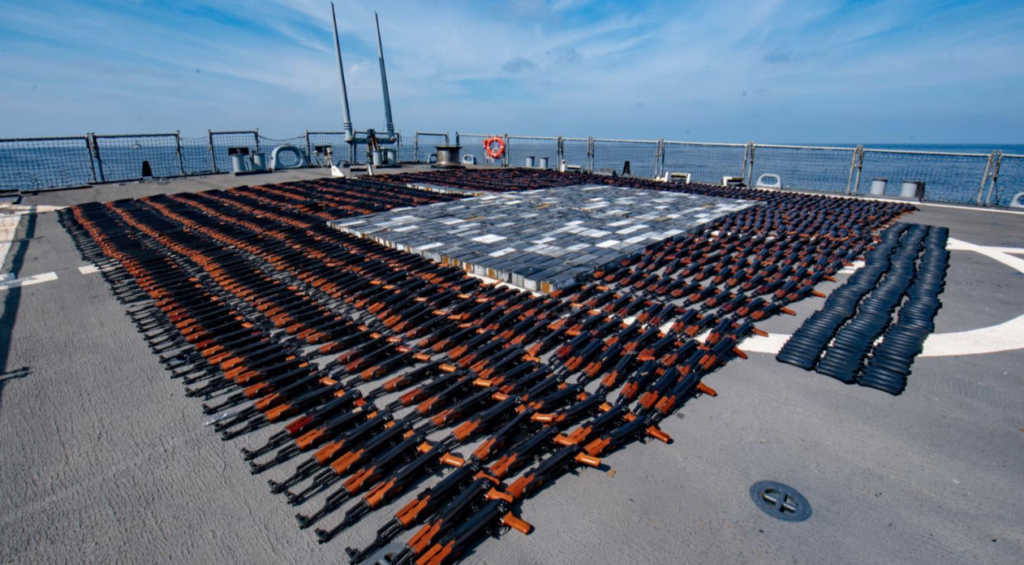
aSmall arms and light weapons are widely available and easy to use, so they are the most prominent tools in contemporary armed conflicts as well as in armed criminal and interpersonal violence in non-conflict settings. To grasp the global scale of SALW proliferation and the patterns of violence committed with SALW, this briefing paper summarizes […]
Surplus and Illegal Small Arms, Light Weapons and their Ammunition: the consequences of failing to dispose and safely destroy them

This joint report by IANSA and IPIS documents recent failures in some countries across world regions to properly dispose of and destroy excess small arms and light weapons (SALW), and their ammunition. It illustrates the different ways that excessive, poorly secured, weapons, especially firearms and ammunition, leak out into the hands of abusers and to […]

